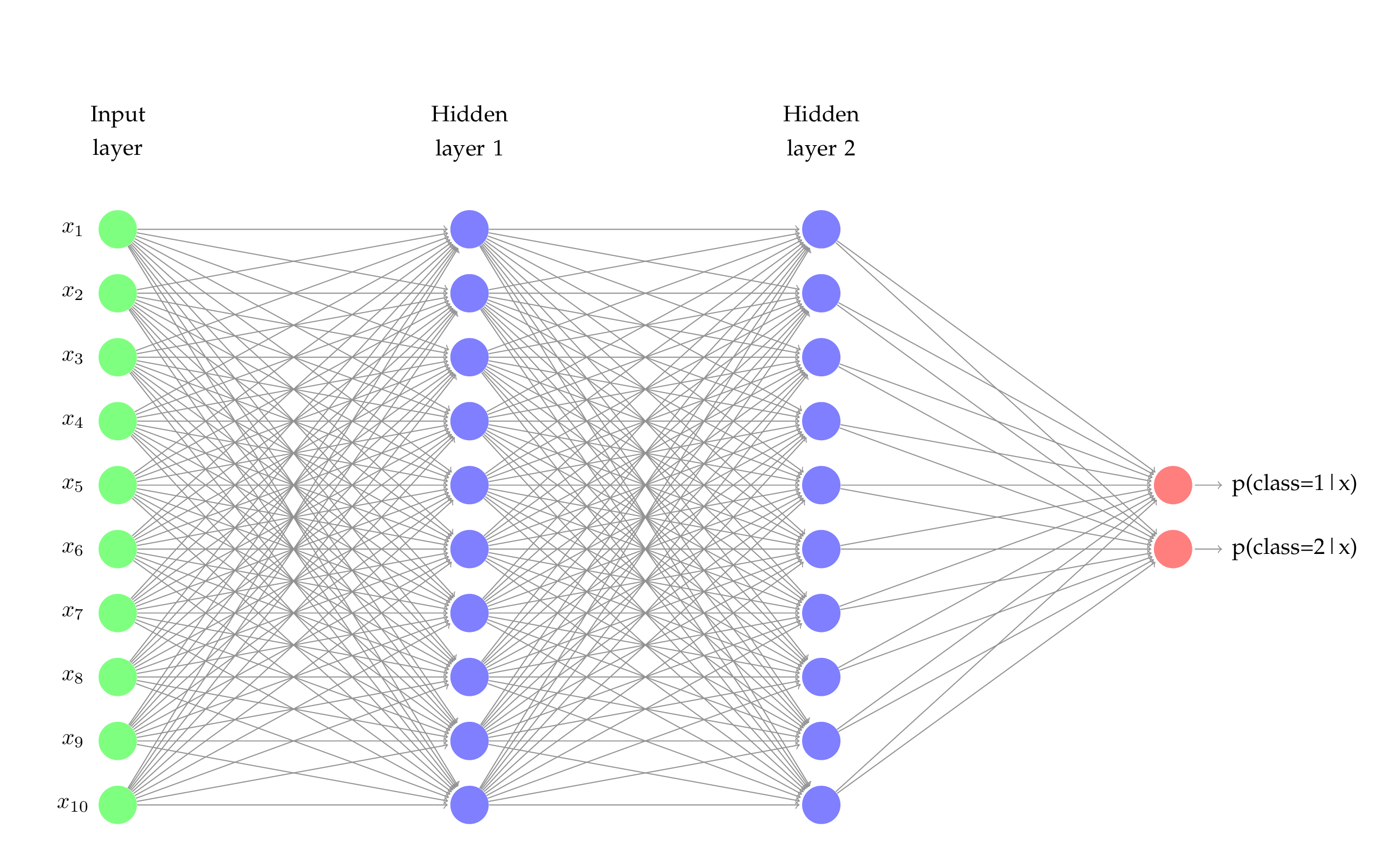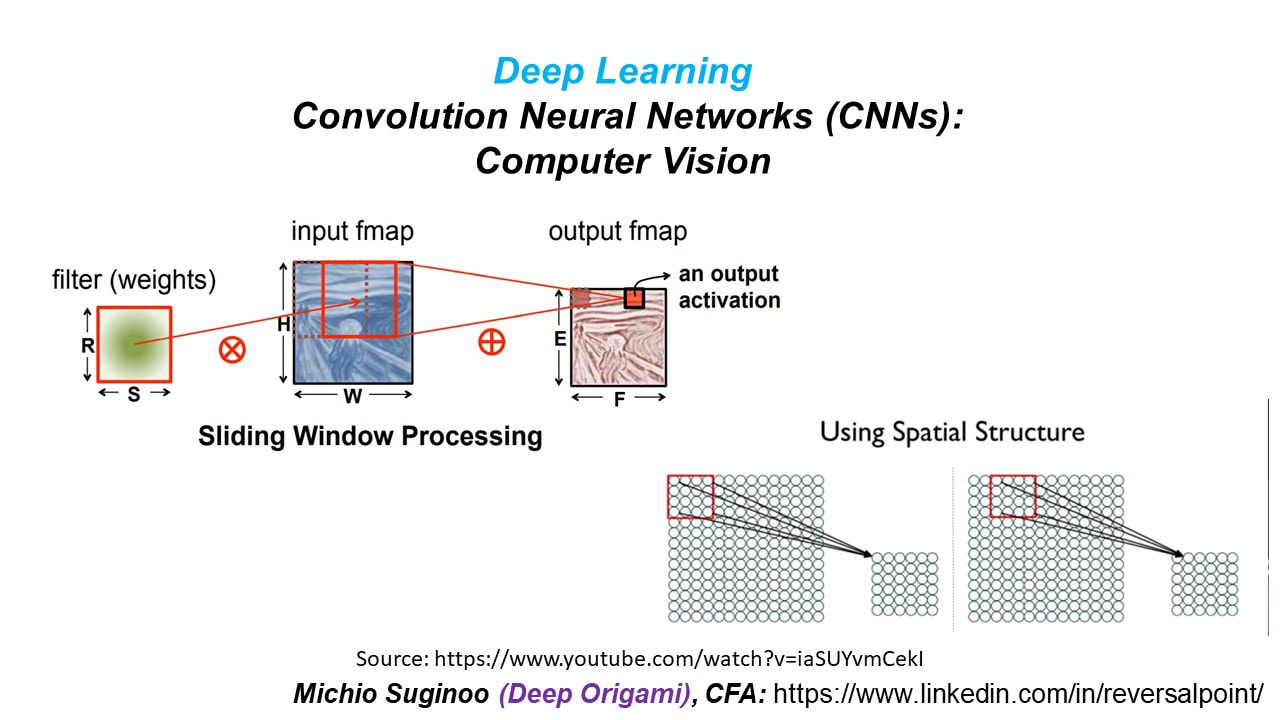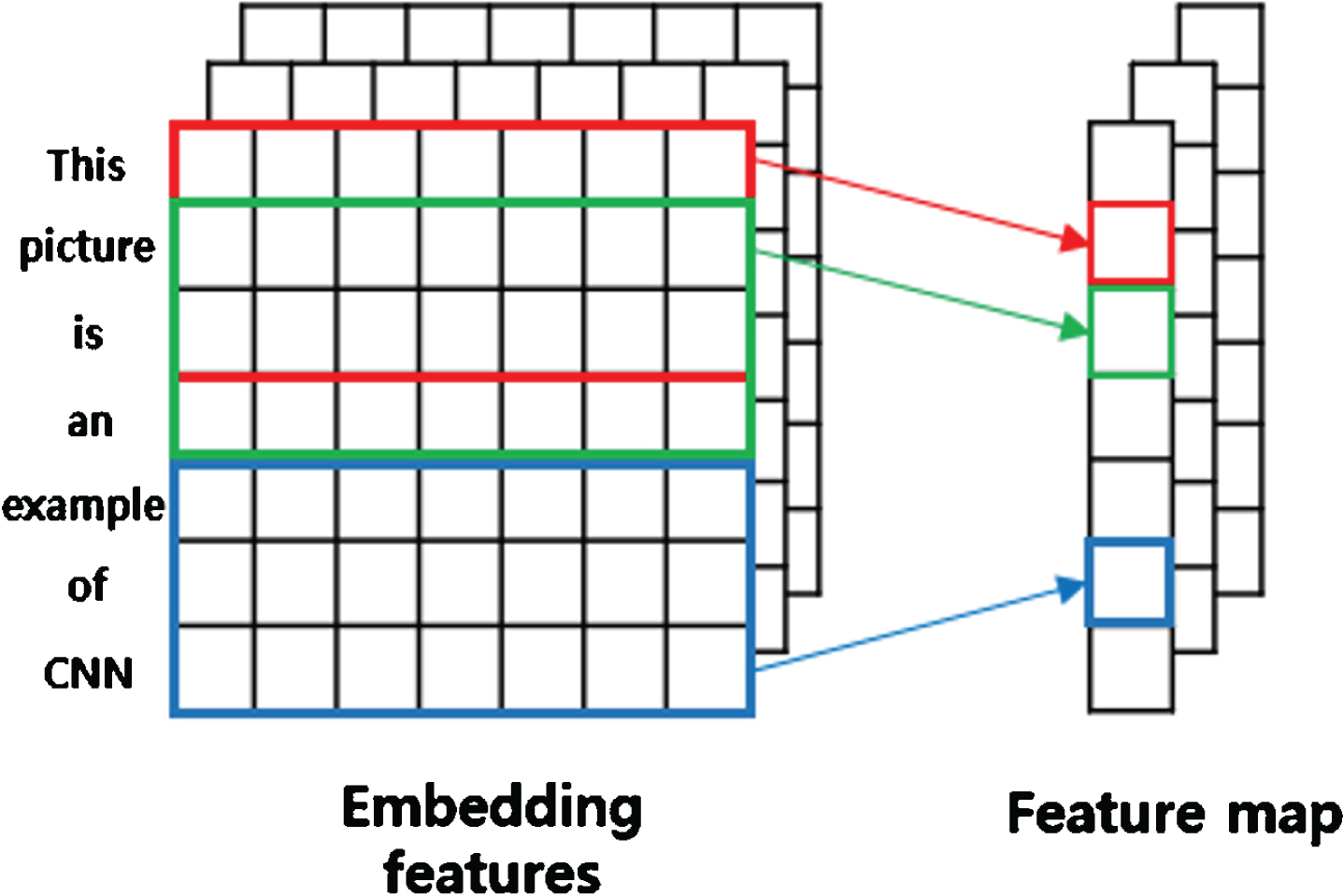
Cite this article Lumbanraja FR, Mahesworo B, Cenggoro TW, Sudigyo D, Pardamean B.

For attribution, the original author(s), title, publication source (PeerJ Computer Science) and either DOI or URL of the article must be cited. Licence This is an open access article distributed under the terms of the Creative Commons Attribution License, which permits unrestricted use, distribution, reproduction and adaptation in any medium and for any purpose provided that it is properly attributed. 5 Computer Science Department, BINUS Graduate Program - Master of Computer Science, Bina Nusantara University, West Jakarta, Jakarta, Indonesia DOI 10.7717/peerj-cs.683 Published Accepted Received Academic Editor Xiangtao Li Subject Areas Bioinformatics, Computational Biology, Artificial Intelligence Keywords Methylation, Prediction, Spatial, Sequential, CNN, LSTM, Deep Learning Copyright © 2021 Lumbanraja et al. data, 1 )Ĭorrect += (predicted = labels ). join ( '%5s' % classes ] for j in range ( 4 ) ) ) max (outputs, 1 ) print ( 'Predicted: ', ' '. make_grid (images ) ) print ( 'GroundTruth: ', ' '. Running_loss = 0.0 print ( 'Finished Training' ) Tensor ( ) ) print ( ' loss: %.3f' % (epoch + 1, i + 1, running_loss / 30 ) ) item ( ) if i % 30 = 29 : # print every 30 mini-batches zero_grad ( ) # forward + backward + optimize to (device ) # zero the parameter gradients step ( ) for i, data in enumerate (trainloader, 0 ) : # get the inputs zero_ ( ) ,opts = dict (title = 'loss_tracker', legend =, showlegend = True ) ) print ( len (trainloader ) )Įpochs = 50 for epoch in range (epochs ) : # loop over the dataset multiple times StepLR (optimizer, step_size = 5, gamma = 0.9 ) weight, mode = 'fan_out', nonlinearity = 'relu' ) if m. features (x ) #x = self.avgpool(x)ĭef _initialize_weights (self ) : for m in self. _initialize_weights ( ) def forward (self, x ) : Linear ( 4096, num_classes ), ) if init_weights : #self.avgpool = nn.AdaptiveAvgPool2d((7, 7)) Module ) : def _init_ (self, features, num_classes = 1000, init_weights = True ) : super (VGG, self ).

join ( '%5s' % classes ] for j in range ( 4 ) ) ) import vggĬfg = #13 + 3 =vgg16 class VGG (nn. images (images / 2 + 0.5 ) # show images #imshow(_grid(images)) # print labels print ( ' '. show ( ) # get some random training images # functions to show an image def imshow (img ) : DataLoader (testset, batch_size = 4 ,Ĭlasses = ( 'plane', 'car', 'bird', 'cat', 'deer', 'dog', 'frog', 'horse', 'ship', 'truck' ) import matplotlib. CIFAR10 (root = './cifar10', train = False ,

DataLoader (trainset, batch_size = 512 , CIFAR10 (root = './cifar10', train = True , close (env = "main" ) def loss_tracker (loss_plot, loss_value, num ) : '''num, loss_value, are Tensor'''ĭevice = 'cuda' if torch. Model_urls = Ĭonv = make_layers (cfg, batch_norm = True )ĬNN = VGG (make_layers (cfg ), num_classes = 10, init_weights = True ) karming_normalizaion : activation function 초기화를 잘 해주기 위해서 사용.전부다 3X3 Convolution, stride =1, padding =1.Oxford VGG(Visual Geometry Group) 에서 만든 Network.


 0 kommentar(er)
0 kommentar(er)
